Numidian cavalry was a type of light cavalry developed by the Numidians. After they were used by Hannibal during the Second Punic War, they were described by the Roman historian Livy as “by far the best horsemen in Africa.”
The Numidian cavalry’s horses, ancestors of the Berber horse, were small compared to other horses of the era, and were well adapted for faster movement over long distances. Numidian horsemen rode without saddles or bridles, controlling their mounts with a simple rope around their horse’ neck. They had no form of bodily protection except for a round leather shield, and their main weapon were javelins in addition to a short sword.
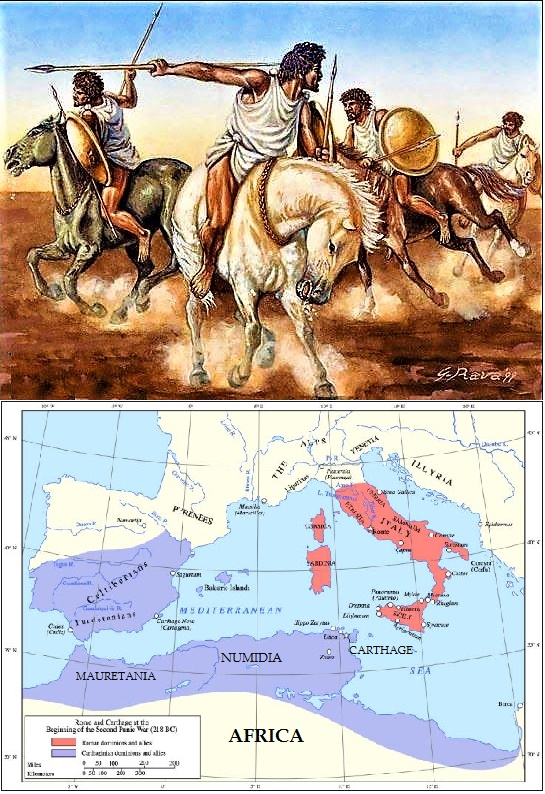
Due to their expert horsemanship and agility, as well as their lack of armor or heavy weaponry, they were most suitable for harassing tactics, charging in loose formation and lobbing their javelins before wheeling off to escape the enemy’s counterattack. This harassing tactic, while rarely decisive, could be extremely frustrating to a less mobile enemy, as experienced by Julius Caesar‘s soldiers during the latter’s invasion of Africa. At the same time they were generally unable to stand their ground against heavier types of cavalry, in one incident during the aforementioned African invasion thirty of Caesar’s Gallic horsemen drove off a much larger force of Moorish cavalry, while in another a squadron of Caesar’s Iberian horsemen routed a large body of Labienus‘s Numidians, while his Gallic and Germanic horsemen stood their ground. The Numidians were extremely useful during small wars, and their presence certainly contributed greatly to the effectiveness of Hannibal’s reconnaissance and intelligence. Hannibal’s invasion of Rome during the Second Punic War is best known for his use of slow-moving war elephants, but he also employed Numidian cavalry where faster movement was needed, such as luring the Romans into a trap at the Battle of Trebia and for fighting on his right flank.
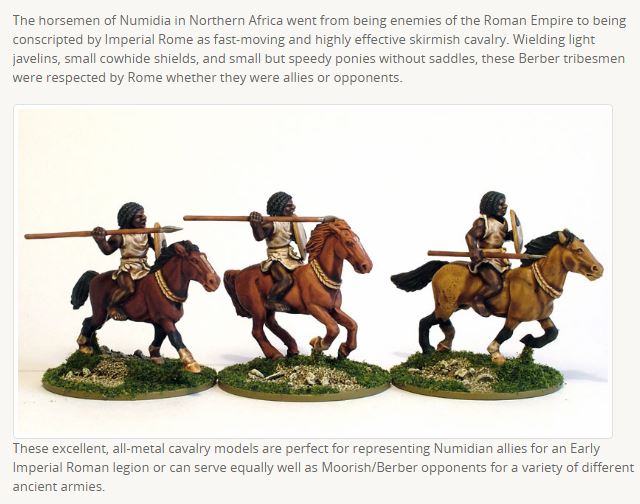
–warlordgames.com/tag/numidian
Numidian cavalry were widely known and not only fought in the Carthaginian army, but in other armies of the time as well – the Romans even employed Numidian cavalry against Hannibal’s own in the battle of Zama, where the “Numidian Cavalry turned the scales”.
For centuries thereafter, the Roman army employed Numidian light cavalry in separate units.
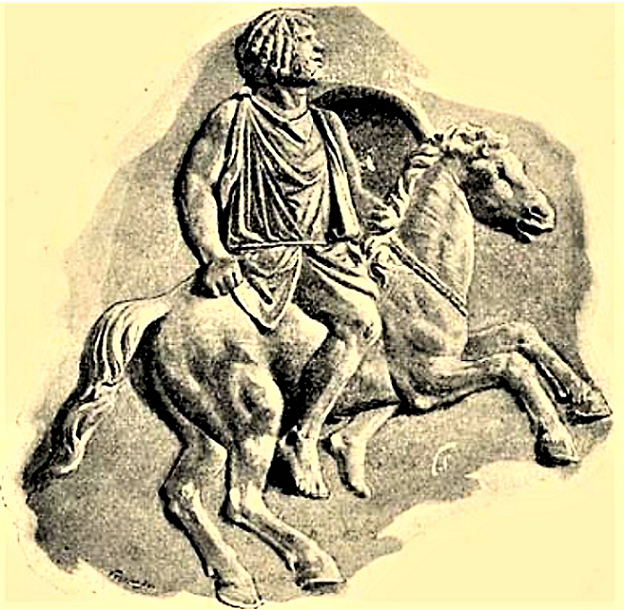
–More facts less fiction
Quote:
Out of all the major battles in the Second Punic War, Beneventum was perhaps the most disorderly and chaotic of all, as Grachus’ slave Legions attacked Hanno’s Italian infantry with great ferocity, driven by their desire for freedom.
The ensuing battle was a brutal slugfest where both sides sustained heavy casualties, but in the end the slaves got the better of the Italians and broke through their lines and forced them back, however the slaves failed to take advantage of this proper as instead of continuing their assault they stopped to decapitate the bodies of their slain foes and carry bundles of these into battle with them, slowing them down and disrupting their formation.
nationalarchives.gov.uk/pathways/blackhistory/early_times/romans
–Numidian Cavalry Traian’s Column (Rome)
Grachus noticed the chaos, and that the Italians were preparing to counterattack into the disordered slaves, and he then decreed that none of them would have their freedom unless the enemy was completely defeated. This motivated the slaves back into action properly. While the infantry battle raged, Grachus had his cavalry, made of Romans, attack Hanno’s Numidian cavalry on the flanks. However the Carthaginian cavalrymen were far more skilled and agile than their Roman opponents, and for a time it seemed that it would be the Romans whose flanks would collapse. However Grachus then again sent word to his troops that none of them would have their freedom unless they defeated the enemy now, and the slaves and Romans made one last desperate push against the Italians and Numidians against them respectively, and finally drove them from the battlefield.
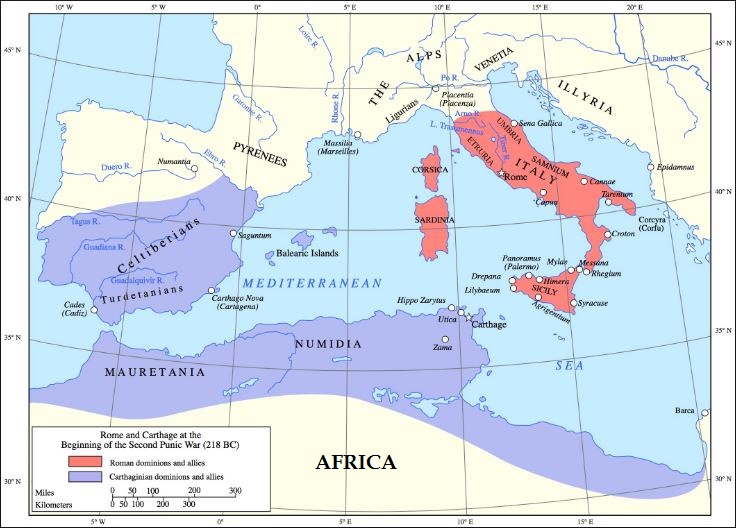
–classicalwisdom.com
Hanno lead his army back to his camp nearby, with Grachus in hot pursuit. However when he returned, he discovered to his horror that the Roman prisoners he had left in his camp had mutinied and armed themselves, and Hanno’s troops were caught between these two Roman forces and destroyed completely as a fighting force.
Grachus lost 2,000 slave Legionaries killed, while Hanno lost over 16,500 men killed as well as his camp captured. As a result of the Roman victory, Hanno was forces to retreat back into Bruttium with his few surviving men to try and raise a new army, and was unable to bring Hannibal his desperately needed reinforcements.
–Roman military history
–worksofchivalry.com/tag/traians-column
WAR WITH ROME:
By 112, Jugurtha resumed his war with Adherbal. He incurred the wrath of Rome in the process by killing some Roman businessmen who were aiding Adherbal. After a brief war with Rome, Jugurtha surrendered and received a highly favourable peace treaty, which raised suspicions of bribery once more. The local Roman commander was summoned to Rome to face corruption charges brought by his political rival Gaius Memmius. Jugurtha was also forced to come to Rome to testify against the Roman commander, where he was completely discredited once his violent and ruthless past became widely known, and after he had been suspected of murdering a Numidian rival.
War broke out between Numidia and the Roman Republic and several legions were dispatched to North Africa under the command of the Consul Quintus Caecilius Metellus Numidicus. The war dragged out into a long and seemingly endless campaign as the Romans tried to defeat Jugurtha decisively. Frustrated at the apparent lack of action, Metellus’ lieutenant Gaius Marius returned to Rome to seek election as Consul. Marius was elected, and then returned to Numidia to take control of the war. He sent his Quaestor Lucius Cornelius Sulla to neighbouring Mauretania in order to eliminate their support for Jugurtha. With the help of Bocchus I of Mauretania, Sulla captured Jugurtha and brought the war to a conclusive end.
–worksofchivalry.com/tag/traians-column
Northern Africa under Roman rule:
After the death of Jugurtha, western Numidia was added to the lands of Bocchus, king of Mauretania, while the remainder (excluding Cyrene and its locality) continued to be governed by native princes until the civil war between Caesar and Pompey. After Cato the Younger was defeated by Caesar, he committed suicide (46 BC) in Utica, and Numidia became briefly the province of Africa Nova until Augustus restored Juba II (son of Juba I) after the Battle of Actium.
Soon afterwards, in 25 BC, Juba was transferred to the throne of Mauretania, and Numidia was divided between Mauretania and the province of Africa Nova. Under Septimius Severus (193 AD), Numidia was separated from Africa Vetus, and governed by an imperial procurator. Under the new organization of the empire by Diocletian, Numidia was divided in two provinces: the north became Numidia Cirtensis, with capital at Cirta, while the south, which included the Aurès Mountains and was threatened by raids, became Numidia Militiana, “Military Numidia”, with capital at the legionary base of Lambaesis. Subsequently however, Emperor Constantine the Great reunited the two provinces in a single one, administered from Cirta, which was now renamed Constantina (modern Constantine, Algeria) in his honour. Its governor was raised to the rank of consularis in 320, and the province remained one of the seven provinces of the diocese of Africa until the invasion of the Vandals in 428 AD, which began its slow decay, accompanied by desertification. It was restored to Roman rule after the Vandalic War, when it became part of the new praetorian prefecture of Africa.
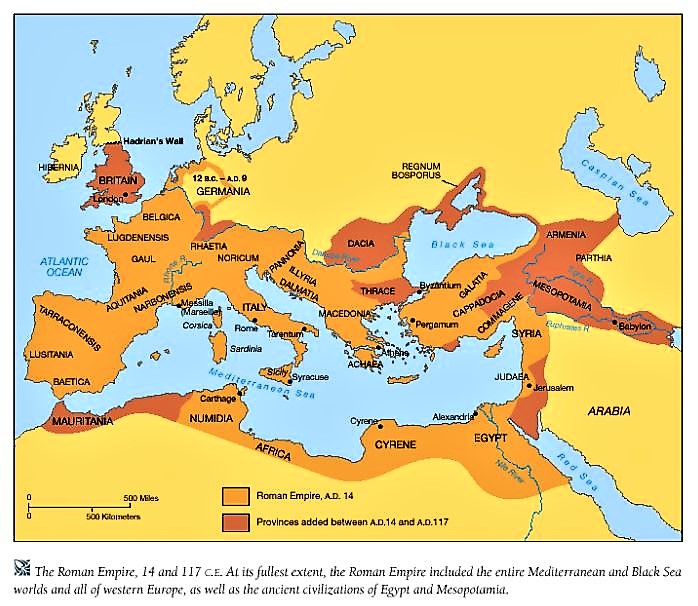
–mrburnett.net/apworldhistory/timeelapsemaps
Numidia became highly Romanized and was studded with numerous towns. The chief towns of Roman Numidia were: in the north, Cirta or modern Constantine, the capital, with its port Russicada (Modern Skikda); and Hippo Regius (near Bône), well known as the see of St. Augustine. To the south in the interior military roads led to Theveste (Tebessa) and Lambaesis (Lambessa) with extensive Roman remains, connected by military roads with Cirta and Hippo, respectively.
Lambaesis was the seat of the Legio III Augusta, and the most important strategic centre. It commanded the passes of the Aurès Mountains (Mons Aurasius), a mountain block that separated Numidia from the Gaetuli Berber tribes of the desert, and which was gradually occupied in its whole extent by the Romans under the Empire. Including these towns, there were altogether twenty that are known to have received at one time or another the title and status of Roman colonies; and in the 5th century, the Notitia Dignitatum enumerates no fewer than 123 sees whose bishops assembled at Carthage in 479.
The African province was amongst the wealthiest regions in the Empire (rivaled only by Egypt, Syria and Italy itself) and as a consequence people from all over the Empire migrated into the Roman Africa Province, most importantly veterans in early retirement who settled in Africa on farming plots promised for their military service. Historian Theodore Mommsen estimated that under Hadrian nearly 1/3 of the eastern Numidia population (roughly modern Tunisia) was descended from Roman veterans.
Even so, the Roman military presence of North Africa was relatively small, consisting of about 28,000 troops and auxiliaries in Numidia and the two Mauretanian provinces. Starting in the 2nd century AD, these garrisons were manned mostly by local inhabitants. A sizable Latin speaking population developed that was multinational in background, sharing the north African region with those speaking Punic and Berber languages.[1][2] Imperial security forces began to be drawn from the local population, including the Berbers.
Abun-Nasr, in his A History of the Maghrib, said that “What made the Berbers accept the Roman way of life all the more readily was that the Romans, though a colonizing people who captured their lands by the might of their arms, did not display any racial exclusiveness and were remarkably tolerant of Berber religious cults, be they indigenous or borrowed from the Carthaginians. However, the Roman territory in Africa was unevenly penetrated by Roman culture. Pockets of non-Romanized Berbers continued to exist throughout the Roman period, even in such areas as eastern Tunisia and Numidia.”
By the end of the Western Roman Empire nearly all of the Maghreb was fully romanized, according to Mommsen in his The Provinces of the Roman Empire and the Roman Africans enjoyed a high level of prosperity. This prosperity (and romanization) touched partially even the populations living outside the Roman limes (mainly the Garamantes and the Getuli), who were reached with Roman expeditions to Sub-Saharan Africa.
The willing acceptance of Roman citizenship by members of the ruling class in African cities produced such Roman Africans as the comic poet Terence, the rhetorician Fronto of Cirta, the jurist Salvius Julianus of Hadrumetum, the novelis Apuleius of Madauros, the emperor Septimius Severus of Lepcis Magna, the Christians Tertullian and Cyprian of Carthage, and Arnobius of Sicca and his pupil Lactantius; the angelic doctor Augustine of Thagaste, the epigrammatist Luxorius of Vandal Carthage, and perhaps the biographer Suetonius, and the poet Dracontius.
— Paul MacKendrick, The North African Stones Speak (1969), UNC Press, 2000, p.326
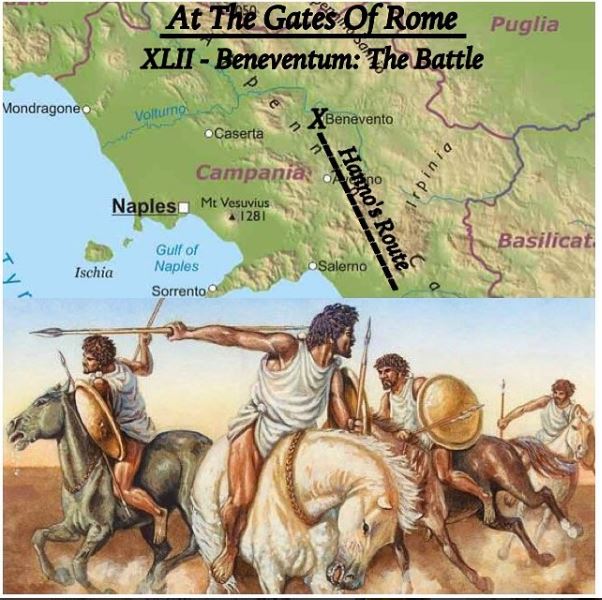
Similar hair styles to the ancient Numidians
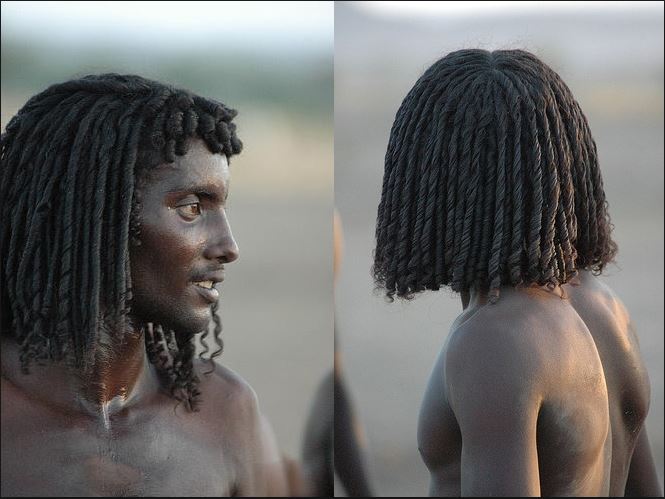
This Men are from the Afar tribe in Africa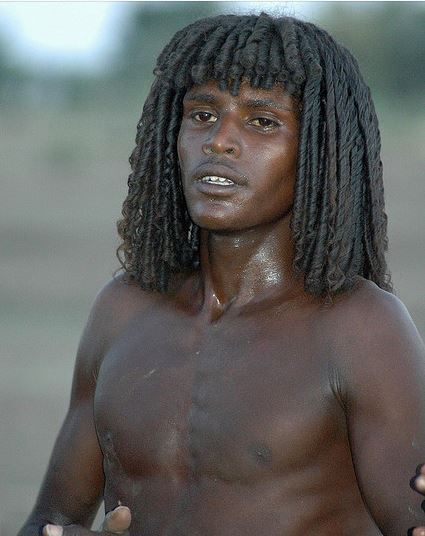
The Afar, also known as the Danakil, Adali and Odali, are an ethnic group inhabiting the Horn of Africa. They primarily live in the Afar Region of Ethiopia and in northern Djibouti, although some also inhabit the southern point of Eritrea. Afars speak the Afar language, which is part of the Cushitic branch of the Afro-Asiatic family.
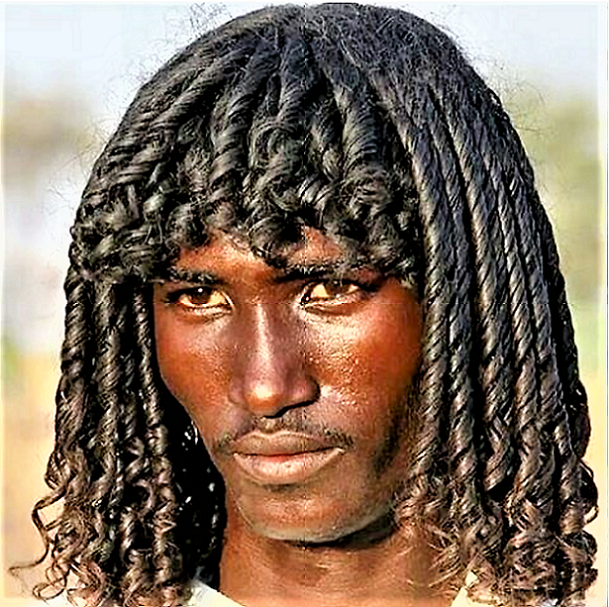
Beautiful & different African ethnic group’s hair styles from the large & diverse continent.

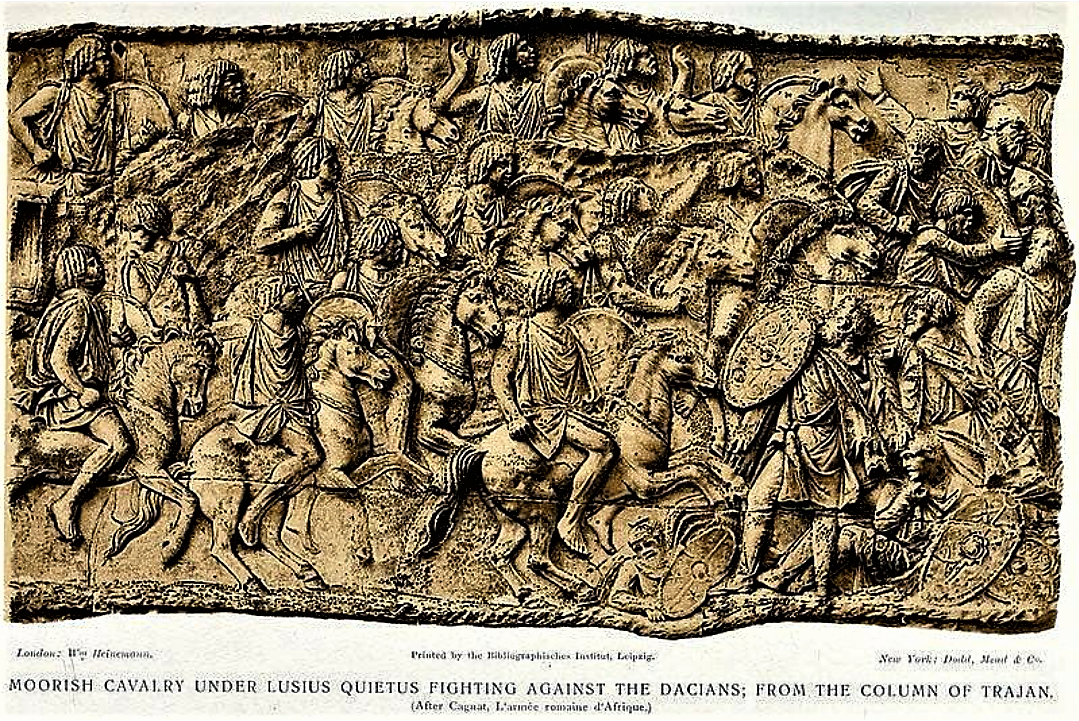
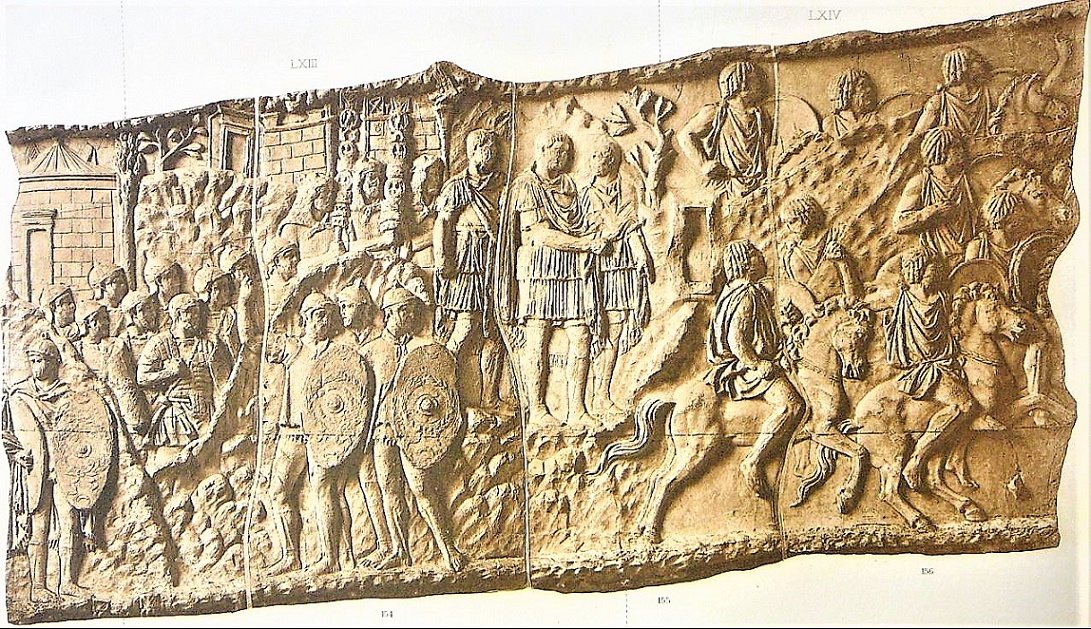
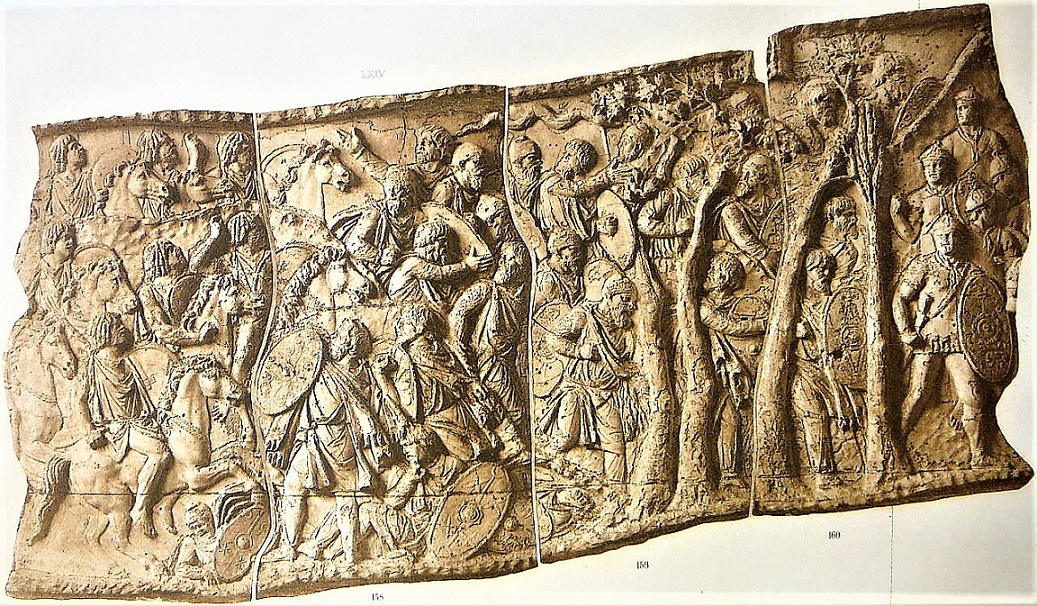
This is uttermost sensation. The same Almighty Creator who gave our ancestors this help can still help us. The Battle is now going on in our schools, government, central banks, religions, etc. Let us arise. Thanks Sola!